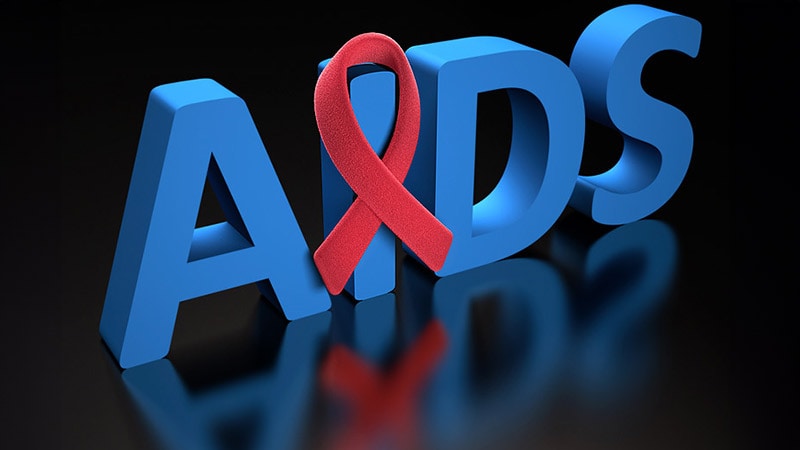Takeaway
- In patients with multidrug-resistant human immunodeficiency virus-1 (HIV-1) infection with limited therapy options, fostemsavir had significantly better efficacy than placebo in reducing the mean HIV-1 ribonucleic acid (RNA) level during the first 8 day.
- Efficacy was sustained through 48 weeks.
Why this matters
- Findings support the future development of fostemsavir as a therapeutic option for patients with multidrug-resistant HIV-1 infection and few remaining options for active therapy.
Study design
- In this ongoing phase 3 BRIGHTE trial, 371 patients with multidrug-resistant HIV-1 were divided into 2 cohorts
- First cohort (randomised): 272 patients were randomly assigned (3:1) to receive either fostemsavir or placebo for 8 days, then received open-label fostemsavir.
- Second cohort (nonrandomised): 99 patients received open-label fostemsavir plus optimised background therapy on day 1.
- Primary outcome: mean change in the HIV-1 RNA level from day 1 to day 8 in the randomised cohort.
- Funding: Bristol-Myers Squibb and GSK/ViiV Healthcare.
Key results
- At day 8, the mean reduction in the HIV-1 RNA level was higher in the fostemsavir vs placebo group (between-group difference, −0.63 log10 copies/mL in the fostemsavir group; 95% CI, −0.81 to −0.44; P<.001).
- At 48 weeks, virologic response rates (HIV-1 RNA level, <40 copies/mL; 54% vs 38%) and CD4+ T-cell count (139 vs 64 per cubic mL) was higher in randomised vs nonrandomised cohorts.
- Overall, discontinuation of fostemsavir because of adverse events was reported in 27 (7%) patients.
- In the randomised cohort, glycoprotein 120 substitutions were reported in 20 (43%) of 47 patients with virologic failure.
Limitations
- Study did not include comparator group beyond the analysis of the primary endpoint.
- Confounder of highly individualized optimised background therapy.
References
References


